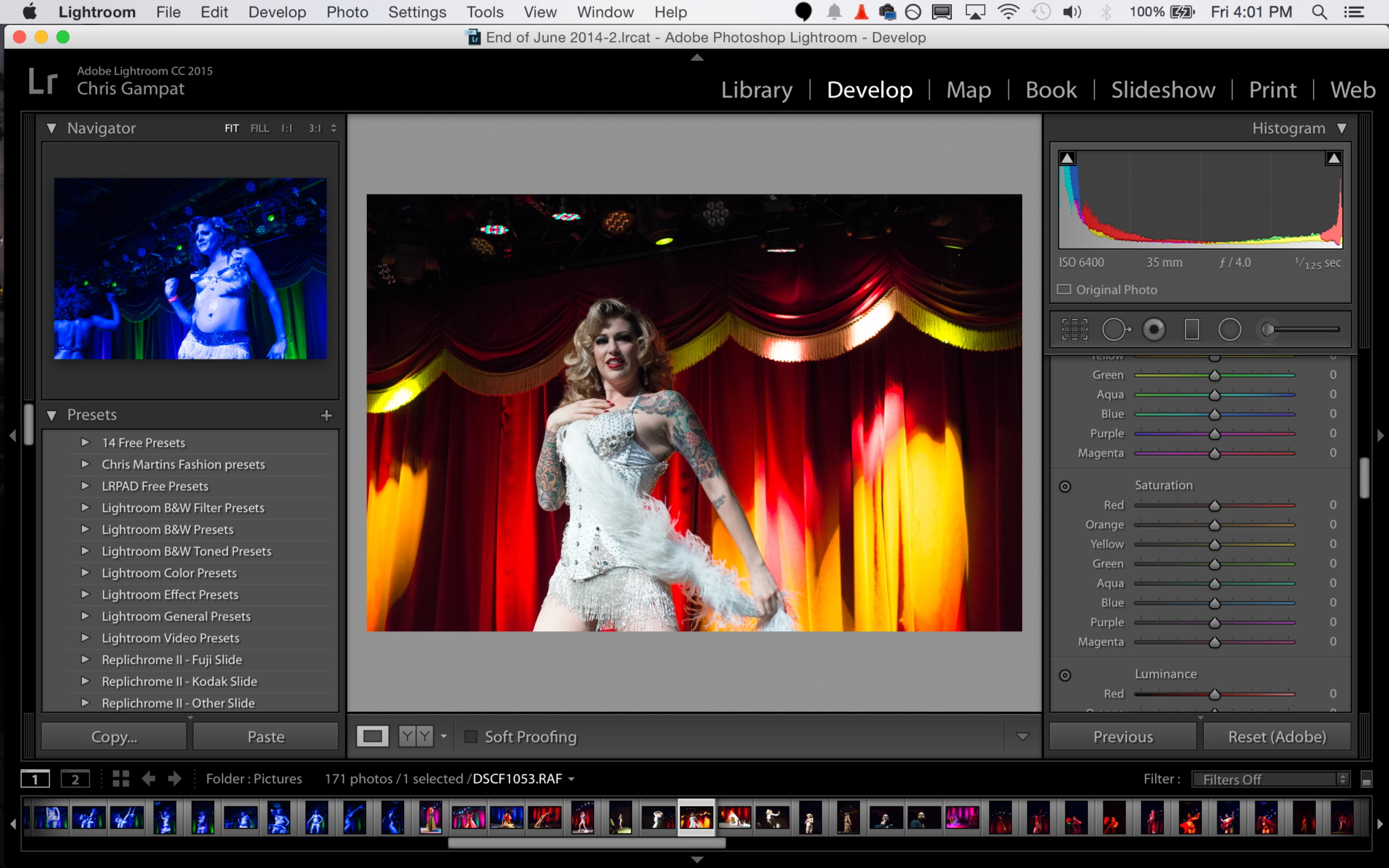
#Adobe lightroom review plus
Once imported into the Library, you can view and add metadata, plus filter the view by metadata or capture date. Essentially, it’s all the options a photographer could need. You can add batch metadata and apply preset development settings, as well as ignoring files that appear to be duplicates of those already in the Library, and choose from one of four import schemes depending on whether you want to import to the Library as is, move, copy, or convert to DNG and then import. The Library module is where you start with image import, and immediately reveals the effort Adobe has put into getting maximum flexibility out of Lightroom. The interface is split into five modules that correspond to the logical workflow – Library, Develop, Slideshow, Print and Web – and one module is viewable at a time as you step through the workflow process. The basic layout sees vertical information and tool panels either side of the central image area – there are no floating palettes – and it benefits immensely from a widescreen monitor. The monochrome colour scheme has a practical purpose, to avoid affecting colour perception of the shot you’re working on, but the side effect is a beautiful-looking interface. Its sole aim is to take over the digital photography workflow, from files as they leave the camera, through image development and processing and on to print or web publication.

One of the most powerful features of Lightroom 4 is highlight and shadow recovery.Where Photoshop CS3 is a general-purpose editing and art package, seldom used in isolation, Adobe’s vision for Lightroom is as a complete photography tool. You can publish directly to Facebook and Flickr, as well as export them to formats compatible with your favorite video sharing sites. Lightroom 4 also makes it easy to publish your videos in HD format. Because the adjustments for videos are the same as those for still photos, it’s easy to make stills and video match up. Video editing options include making adjustments and edits, playing and trimming clips, and extracting still images from your clips. Lightroom 4 has built-in tools for video editing, including the ability to apply some of the basic preset filters and organizing your video clips right alongside your photos.
#Adobe lightroom review software
You can create website photo galleries right in Lightroom, making it a fantastic option for photographers who want to manage their own websites without learning a new program.Ĭonsidering that virtually every camera out there (not to mention most cell phones) now has a video mode, it only makes sense that your photo editing software can also perform basic edits on your videos. The Web module gives you options for publishing your pictures to the web. Use the Library module for managing and organizing the photos in your catalog.

Lightroom 4 includes seven workspace modules for specific portions of your photographic workflow. Below we’ve covered some of the best new features, which should help you decide whether Lightroom 4 is right for you (hint: if you edit photos more than just occasionally, it probably is!). Lightroom 4 adds some great functionality that was missing from previous versions.


Adobe Photoshop Lightroom 4 is just that: a photo editing program that’s fantastic at photo editing and retouching, without adding in a bunch of functionality that’s more suited to design than photo editing. That doesn’t mean you don’t need a program that’s incredibly powerful, though. And all those options can lead to creative overload, making it impossible to get your work done in a timely manner. But the truth is that Photoshop can be way over-powered for many types of photo editing. When a lot of designers and creative types think about photo editing, they think Photoshop.


 0 kommentar(er)
0 kommentar(er)
